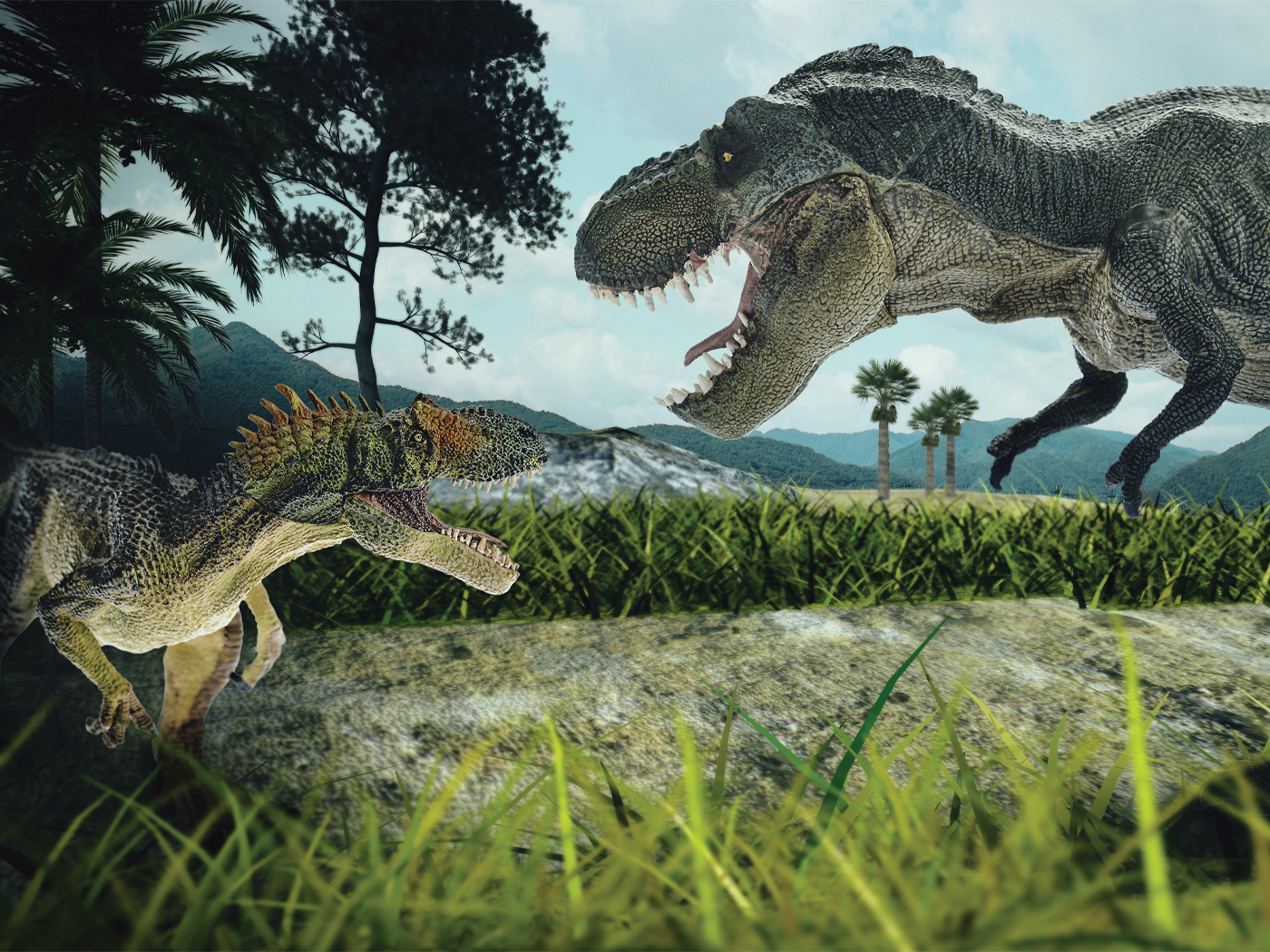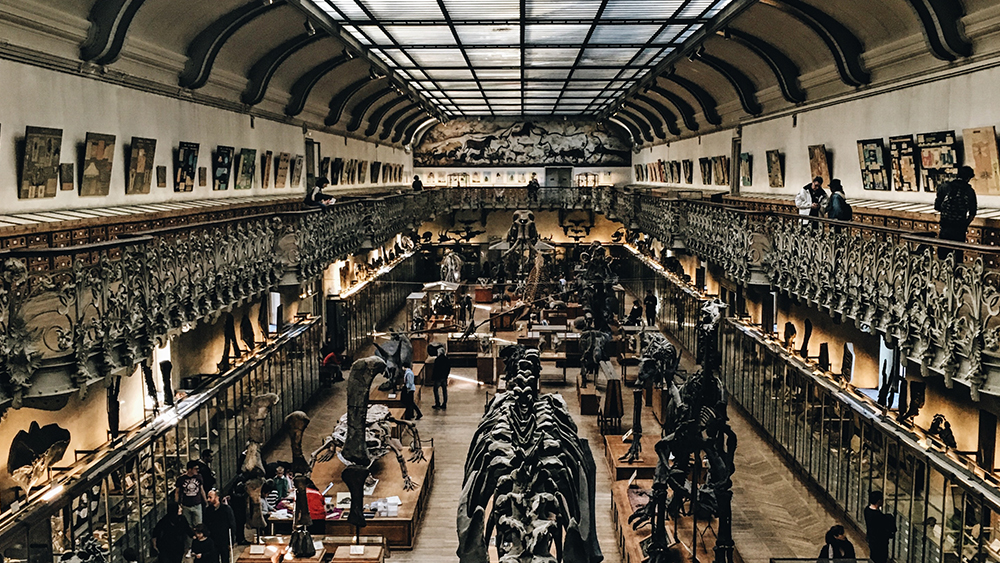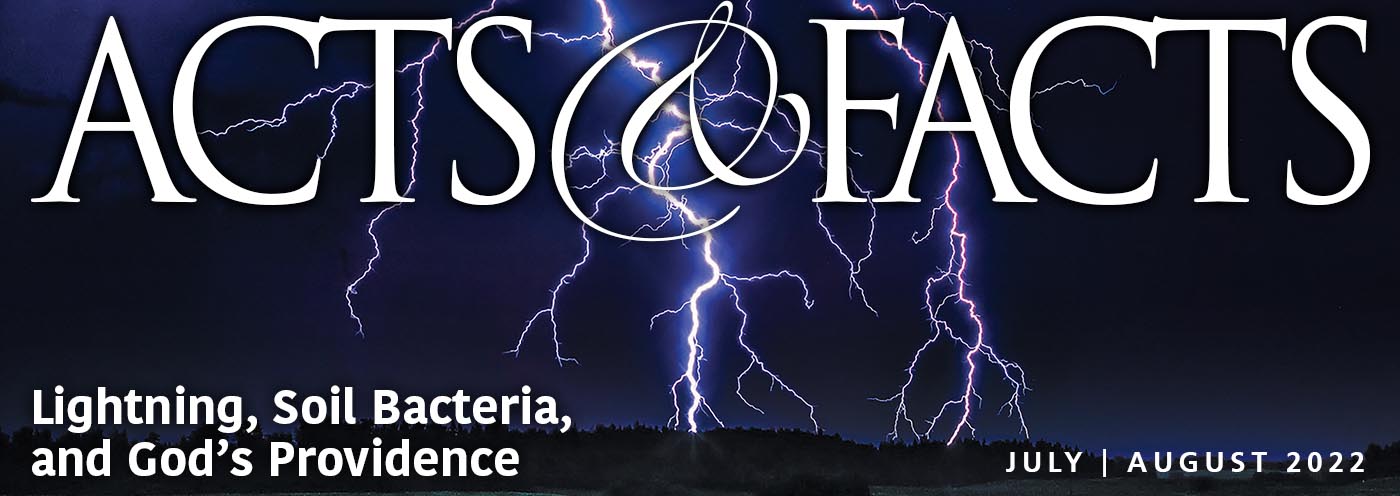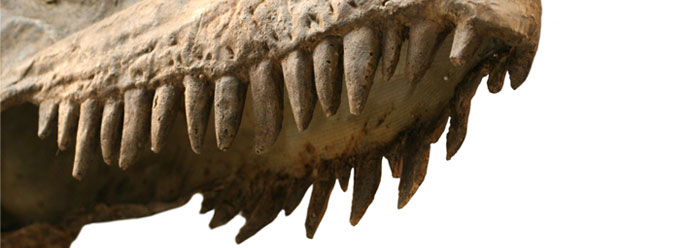“The spider taketh hold with her hands, and is in kings’ palaces.” (Proverbs 30:28)
There is incredible detail and beauty in a typical spider web. Scientists have found that web strands are comparable in strength to fused quartz fibers. Zoologists discovered that spiders have one to four pairs of spinnerets located in their abdomen (the normal number are three pairs). In addition, there are seven silk glands, each making a strand for a unique purpose.
One silk gland produces thread for cocoons and another for wrapping up the prey. The two seem to be the same, but they require especially designed silk. Other glands make the walking thread so the spider doesn’t get snagged herself, while another makes the sticky material that captures the juicy dinner. Some of the finer threads are almost invisible to us unless the light is reflected just right. Yet spider silk is strong! Typically it has a tensile strength five times that of steel and elasticity—strong enough to stop a lumbering bumblebee at full speed.
Each spider engineers a style of web characteristic of its species and builds it perfectly on the first try. These complex glands and intricate design patterns have every evidence of design. It is obvious that the spider does not have the intelligence in its brain to learn how to do this. It is equally obvious that the ability to do so is already designed into the genetic instructions that were placed in the original spiders by their Creator.
Our text begins by Solomon noting “four things which are little upon the earth, but they are exceeding wise,” and he lists the spider as one of those that are “wise.” Perhaps we could learn “wisdom” from them. HMM III
Adapted from Unlocking the Mysteries of Genesis by Dr. Henry Morris III.



























